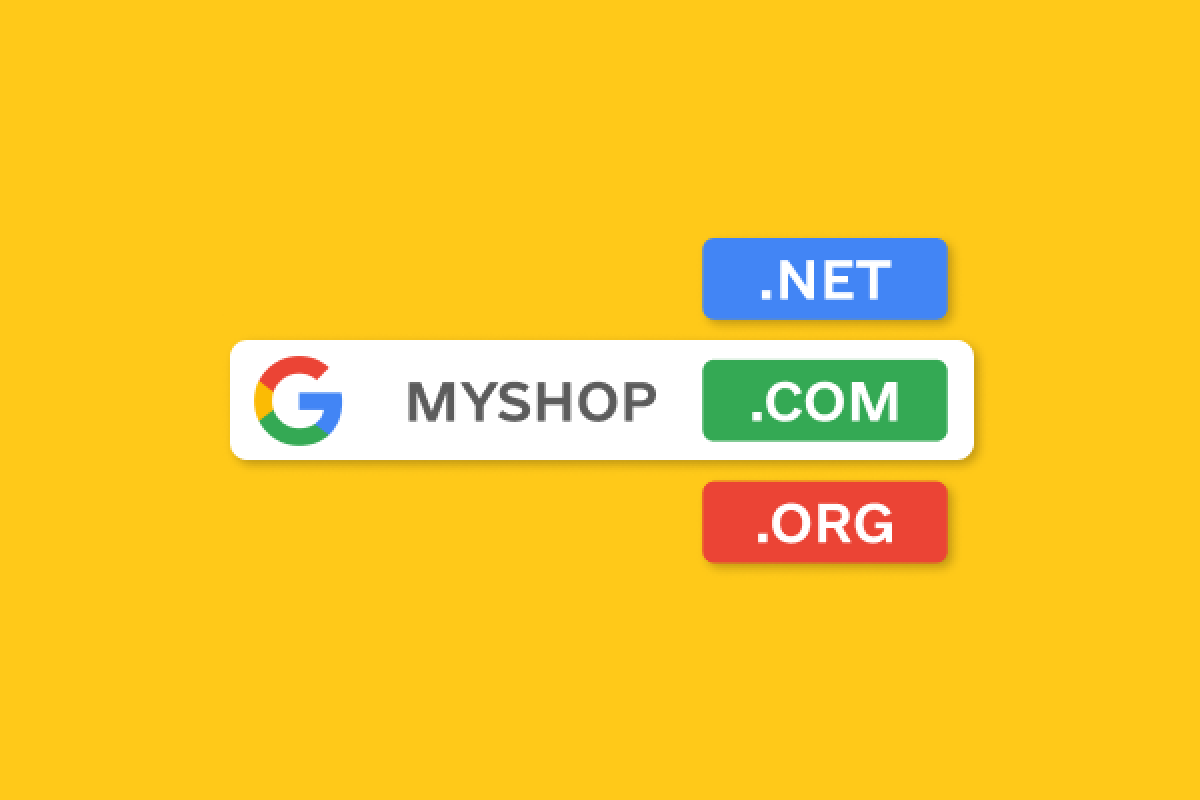Cost Per Click is an advertising model in which the advertiser pays only for clicks on an ad or banner. CPC is calculated as the amount of advertising campaign costs divided by the number of clicks on the ad. For example, spent on advertising $2000, you received 98 clicks, then the cost per click will be equal to $20,4. CPC is influenced by a number of factors:
- frequency of queries for which you plan to show ads — the popularity of the query among users increases the cost per click;
- the level of competition between advertisers — if many companies are advertising on the same query, it leads to higher prices;
- ad relevance — ads must respond to customer requests in order to get a high CTR, otherwise the system will display ads less frequently and take more money for it;
- geography of display — the advertising platform takes into account to whom you are displaying your ad and may increase the cost per click depending on the solvency of the audience.
Typically, the CPC model is used for contextual advertising and remarketing on Google, Instagram, Facebook, or other platforms. For this, the advertiser prepares the ad content, specifies the ad budget and display period. For CPC, the user can set the maximum cost per click, that is, above which the price will not rise, but can be lower. Thus, he will become a participant in the auction along with other advertisers. The system will select the ad that offers the best price and meets the quality requirements of the context.
If the user does not want to participate in the auction, you can specify a fixed cost per click. The advertiser should calculate the cost per click so that the budget is sufficient for the entire planned promotion period. By setting a high price, it is easy to beat competitors in an auction, but such a strategy will not bring long-term success - advertising will be too expensive and unprofitable, or the budget will run out quickly.



